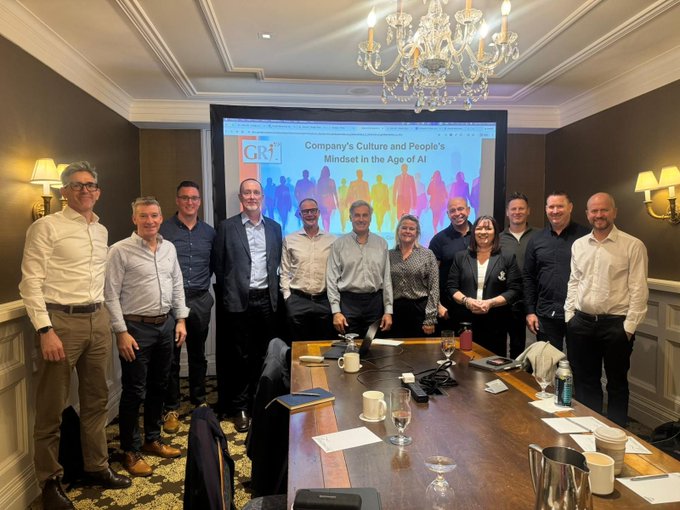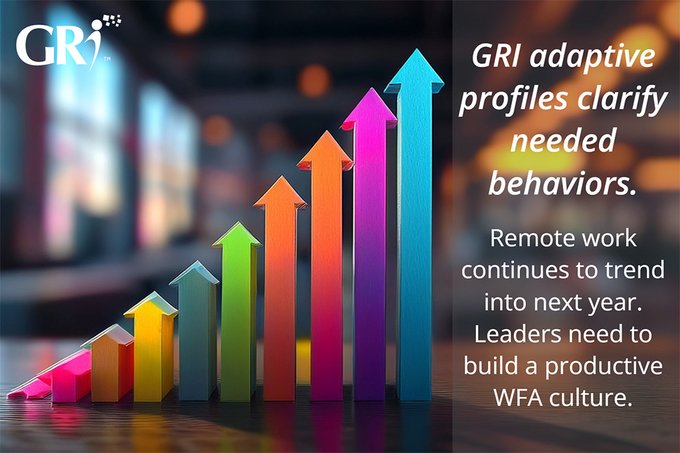Define Jobs with Precision
Posted by Frederic Lucas-Conwell

Define Jobs with Precision
In his best-selling book, Good to Great, Jim Collins considers what propels companies to succeed and arrives at this conclusion: running an organization is like driving a bus; the driver has to make sure the right people are on the bus in the right seats.
That analogy, which has since become well known, challenges us to pay more attention not only to the leaders of companies, but also to individual team members and how they are each paired with the right job.
This focus, however, does not change how difficult it is to distinguish which characteristics are needed to qualify a person for a specific job or match them with a specific team or manager.
Yet the hiring process often focuses solely on the prospective candidates and their patchwork of talents. Organizations must use data about their behavior to evaluate how responsibilities and skills should be expressed and developed for a specific position.
Why is it critical to look at the positions individuals take on and not merely the individuals themselves?
Because if you want people to succeed in their positions in practice, not just in the abstract, you must examine what the position requires of them. That’s what we typically do when we list the competencies expected in a job. We assume we will find candidates with matching competencies.
As we evidence with the GRI, behavioral/emotional characteristics do not adapt at will.
When the behavioral requirements of a position are too distant from an individual’s natural behavior, this leads to unnecessary tension, lack of motivation and flow, disengagement, and finally, underperformance.
For that reason, a more refined understanding of the behavioral/emotional demand in a given position helps to better anticipate the corresponding characteristics needed in prospective candidates and the assistance that individuals may need to adjust if their profile is not an ideal match for the position.
Focusing on positions rather than on their occupants has proven to be a powerful way of engaging strategic discussions on what may be missing in an organization at any level, how to attract and keep the best talent, and when to open jobs for candidates who don’t have the required competencies, yet show the desired behavioral/emotional attributes.
Explore how you can define jobs with precision with the GRI. Read chapter 14 of Lead Beyond Intuition: How to Build a High-Performing Organization. Order the book on Amazon today.
Latest Articles
Groupama Successful Transformation in Romania: The GRI, Catalyst for Profound Change
The history of Groupama in Romania is an eloquent testament to resilience, strategic vision, and the transformative impact of innovative management tools. Arriving at the...
Hybrid Work: A Management Revolution
The COVID-19 pandemic has acted as an unprecedented catalyst, radically transforming our approach to work. What was once a marginal practice has become the norm for many...
Leadership 3.0: Objective Insights for People-Centric Leaders
Steve, a brilliant entrepreneur, poured his heart into his work. His team at "Innovatech" was on the brink of a major breakthrough, a new app that promised to revolutionize...



